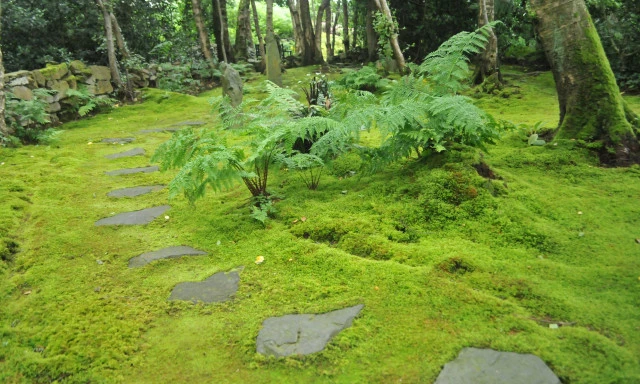How to Look After Your Buxus
Buxus, boxwood or box plants, are evergreen shrubs commonly used for low hedging, growing in pots and topiary. They suit this use because they are slow-growing, produce small dense foliage and thrive when trimmed. Buxus are known as gross feeders, that is they need regular fertilisation, partly because they are regularly trimmed which removes nutrients from the plants.
Here are some tips for growing and caring for your Buxus:
Choosing and Planting your Buxus
- Choose healthy plants of a variety that is resistant to Buxus blight. Your garden centre or nursery should be able to advise you. Buxus sempervirens is the most commonly grown species and there are many varieties*.
- Buxus prefer locations with part to full sun and neutral to alkaline soil; add lime to acid (low pH) soil.
- For a hedge, prepare the soil and set the hedge line with stakes and string. Dig planting holes about twice the size of the root balls of your plants. For Buxus sempervirens space the holes about 20 cm apart (low hedge). Water the hole and let drain. Add Gro-Sure Planting Magic to the holes and the backfill. Plant to a depth where 3 cm of the stem is below the top of the soil. Backfill and firm the soil around the roots. Water the roots.
- Water your ground planted Buxus frequently for the first year until the roots are well established. Potted Buxus will always need to be watered frequently, especially in warm weather.
- When growing a low hedge, space plants close together. Taller hedges should have plants spaced further apart.
- If you want to encourage your Buxus to bush out, you should trim down the top of the Buxus after planting.
- You can add mulch around the plants if you wish but keep it well away from the stems.
Ongoing Care
- Regularly clear away leaf litter below your Buxus, because this may harbour disease.
- When watering your Buxus only water the roots and not the foliage.
- Feed your Buxus with PLANThealth Buxus Feed every month in the spring and autumn growing seasons.
- Before trimming your Buxus hedge or topiary wash your cutting equipment, then sterilise them with methylated spirit or dilute bleach and let dry.
- Do not trim in hot sunny conditions.
- After trimming, run a grass rake or cane lightly over the Buxus to dislodge clippings and then remove all clippings from under the Buxus.
- The more formal your hedge, the more trimming it needs. Aim for a dwarf hedge to start, then gradually build height and width once the plants are full and dense.
- Clip slow growers twice yearly and fast growers monthly.
- Trim to allow airflow through the hedge and reduce the risk of pests and disease.
Pests and Disease
- Buxus blight (Cylindrocladium buxicola [syn. Calonectria pseudonaviculata] and Pseudonectria buxi) cause dieback of Buxus. The disease is prevalent in warm damp conditions. Spray with PLANThealth Buxus Blight Buster to prevent and cure Buxus blight. Prune out dead sections, remove leaf litter and open hedge structure to improve airflow. Calcium in PLANThealth Buxus Feed strengthens Buxus roots and resistance to disease.
- Scale Insects are common pests affecting Buxus. They may be mistaken for fungal disease on the stems of the Buxus. Apply Organic Super Spraying Oil to affected stems to suffocate the insects.
By following these tips you will get many years of pleasure from your Buxus plants.
*Buxus varieties include:
- Buxus sempervirens – This is common English boxwood, and it comes in a collection of sub-species.
- Buxus sempervirens var. ‘Suffruticosa’ – This dwarf variety is used for edge hedges.
- Buxus sempervirens var. ‘Rotondifolia’ – This variety bears large dark green leaves.
- Buxus sempervirens var. ‘Aureo-variegata’ – This variety has mottled leaves of yellow and green.
- Buxus sempervirens var. ‘Arborescens’ – This variety is ideal to shape balls or cones.
- Buxus sempervirens var. ‘Elegans’ – A mottled-leaf variety with a conical shape.
- Buxus sempervirens var.‘Pyramidalis’ – This variety grows into an pyramid-like shape and is very hardy.
- Buxus microphylla var. ‘Japonica’ is a quick grower with shiny leaves.
- Buxus ‘Green Gem’ is a modern hybrid that is showing signs of being less prone to blight.
David Brittain
Kiwicare


